Chapter 1. Prenatal Development
Learning Objectives

Describe the main events in the sequence of prenatal development from conception to birth.
Review
Review
Select the NEXT button to continue with the Review.
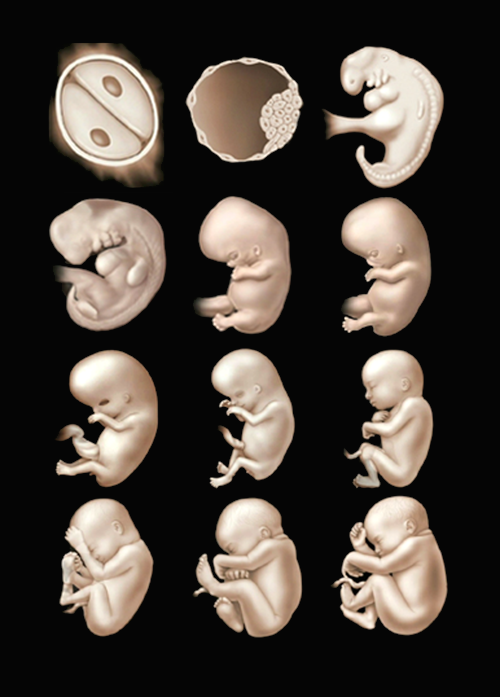
1. Prenatal development begins at the moment of conception: one sperm cell from the father penetrates and fertilizes the mother’s ovum, fusing the genetic material from the two cells. From this point, it takes approximately 38 weeks before the developing organism is mature enough to be born.
Review
Review
Select the NEXT button to continue with the Review.
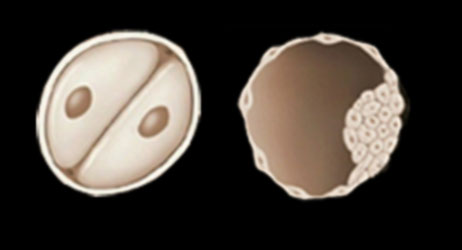
2. During the first two weeks after conception, the fertilized ovum (called a zygote) doubles in size many times, and eventually attaches to the wall of the mother's uterus.
Review
Review
Select the NEXT button to continue with the Review.

3. During the embryonic period (week 2 through week 8), all the embryo’s organ systems begin to form, and the arm and leg buds appear.
Review
Review
Select the NEXT button to continue with the Review.
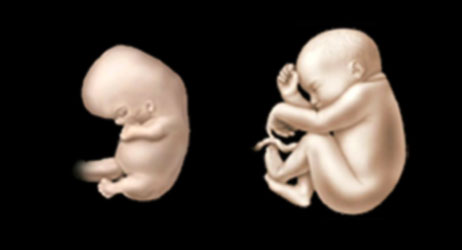
4. During the fetal period (week 9 to birth at about 38 weeks), the fetus grows in size, and gradually gains viability—the capability to survive outside the womb.
Practice: Observing the Stages of Prenatal Development
Practice: Observing the Stages of Prenatal Development
Select the PLAY button. Watch the events that occur during prenatal development, and also notice the transitions from one stage to the next.
Quiz 1
Quiz 1
Drag these images of early prenatal development into the correct chronological sequence. When all the images have been placed, select the CHECK ANSWER button.
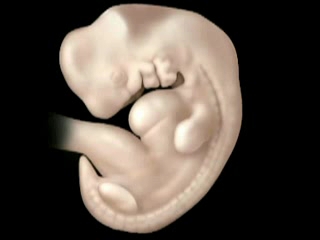
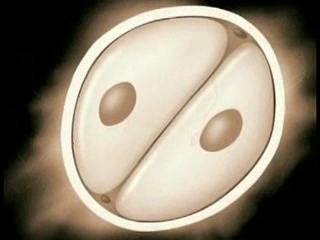
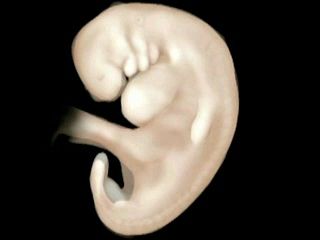
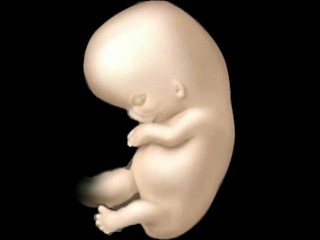

Quiz 2
Quiz 2
Identify the transition point from embryo to fetus by dragging the slider to the correct point. Then, select the CHECK ANSWER button.
By the beginning of the fetal period, all the organ systems are present in rudimentary form.
Quiz 3
Quiz 3
Identify the approximate time of viability by dragging the slider to the correct point. Then, select the CHECK ANSWER button.
At a particular time in prenatal development, the developing organism becomes viable. That means it stands a chance of surviving if born prematurely at that time.
Conclusion
